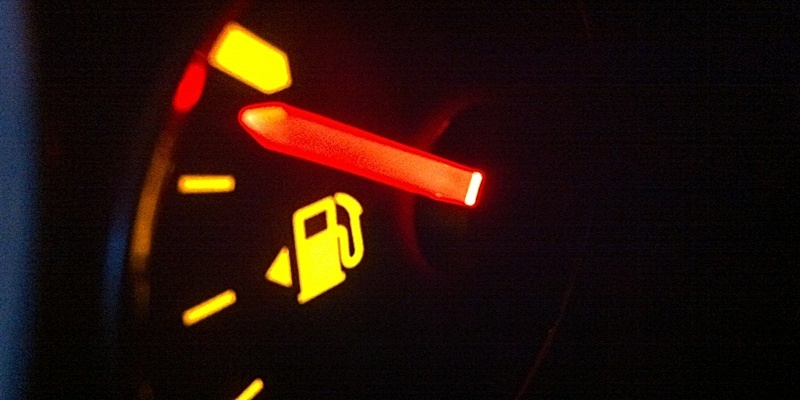Worried about the price of petrol? Maybe you could run your car on leftover takeaway instead.
That was one of the ideas discussed by experts attending a conference at Abertay University on the potential of creating fuel from food.
Academics were joined by business and government representatives to discuss the benefits of a process called anaerobic digestion (AD).
The technology processes household and commercial biodegradable waste, including those unsuitable for composting, such as meat and cooked food.
Micro-organisms break down waste in the absence of oxygen, producing biogas that once processed can be fed into the mains gas grid or turned into liquefied natural gas, which can be used as road fuel.
Anaerobic digestion also produces a substance that can be a low-cost fertiliser and soil conditioner.Waste transformedZero Waste Scotland, one of the conference participants, reckons as much as 1.35 million tonnes of food waste in Scotland could be transformed into new products by AD.
Dr Joe Akunna, an Abertay expert in AD, said, “The government are eager to improve the uptake of anaerobic digestion and Abertay are in a prominent position to take this forward using our academic expertise and relationships with industry.
“This is why the Chartered Institution of Wastes Management has chosen to work with us and this is why we are hosting the conference here.
“The potential impact of increased use of AD in Scotland would be increased revenue and employment from production and distribution, reduced fossil fuel consumption and greenhouse gas emissions, and reduced landfill by taking food and other organic materials out of landfill sites.”
The conference discussed future and current market opportunities such as a potential £5.5 million market for digestate as a very competitive fertiliser alternative for farmers.
